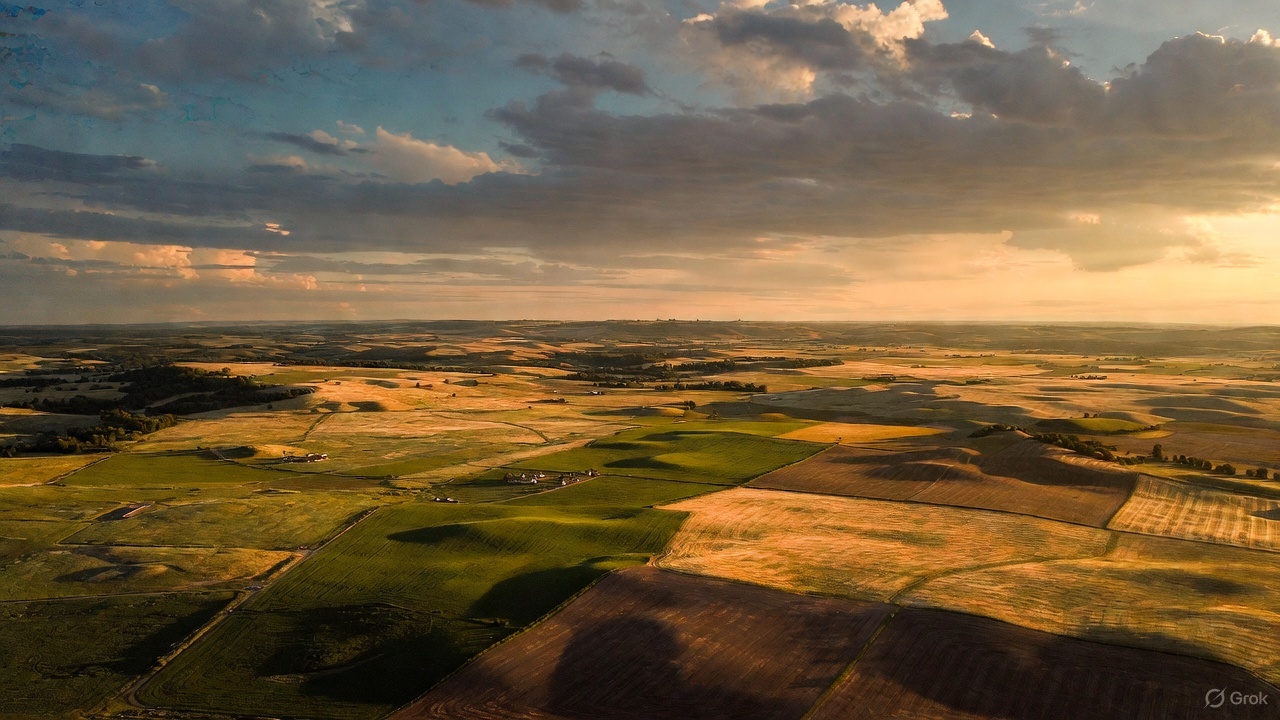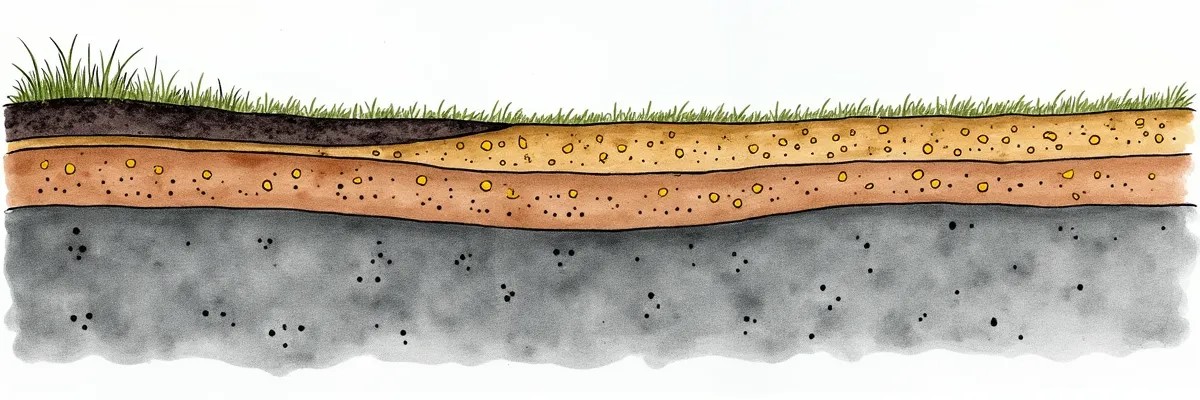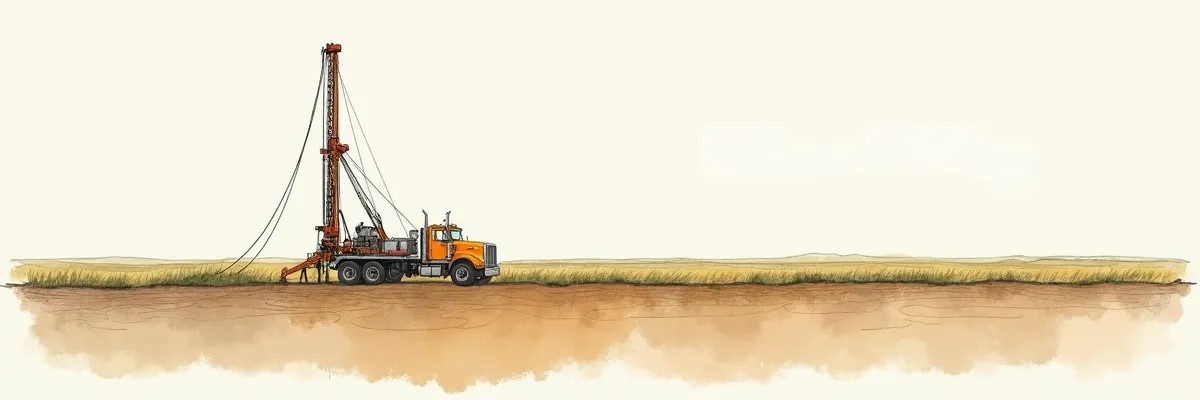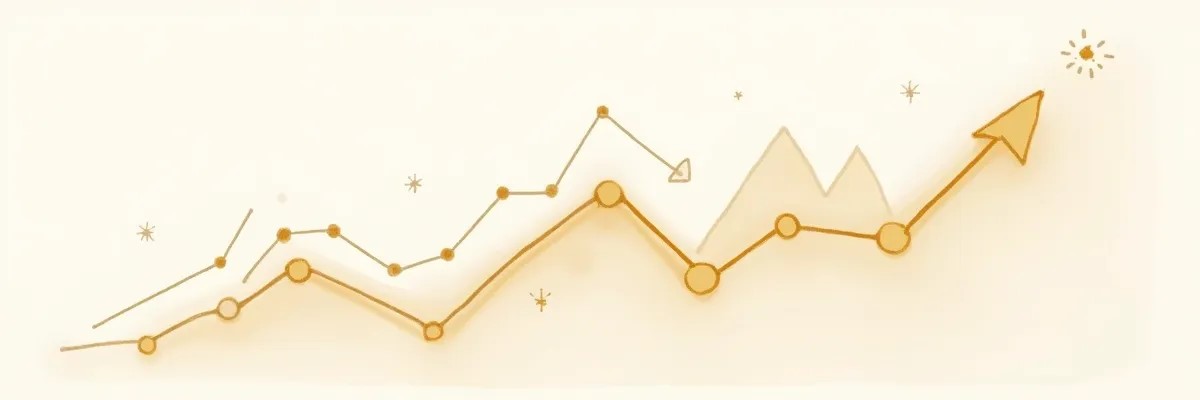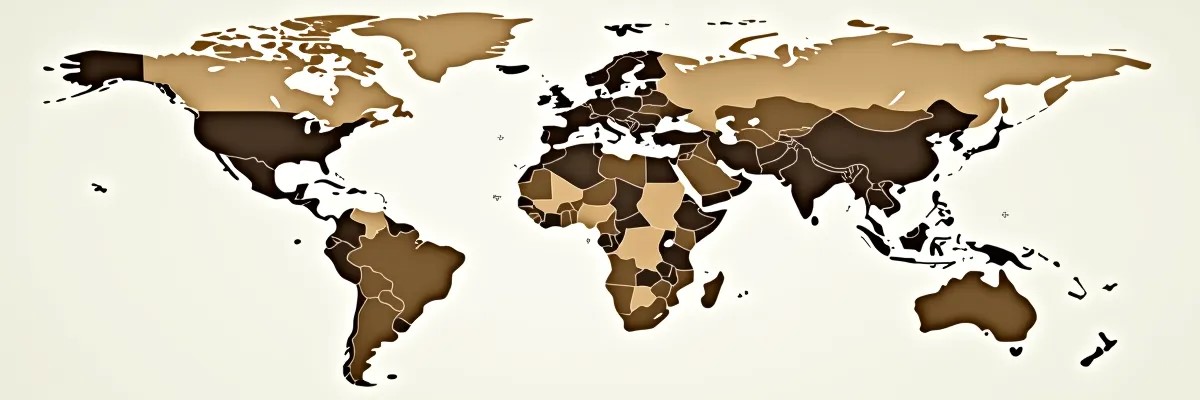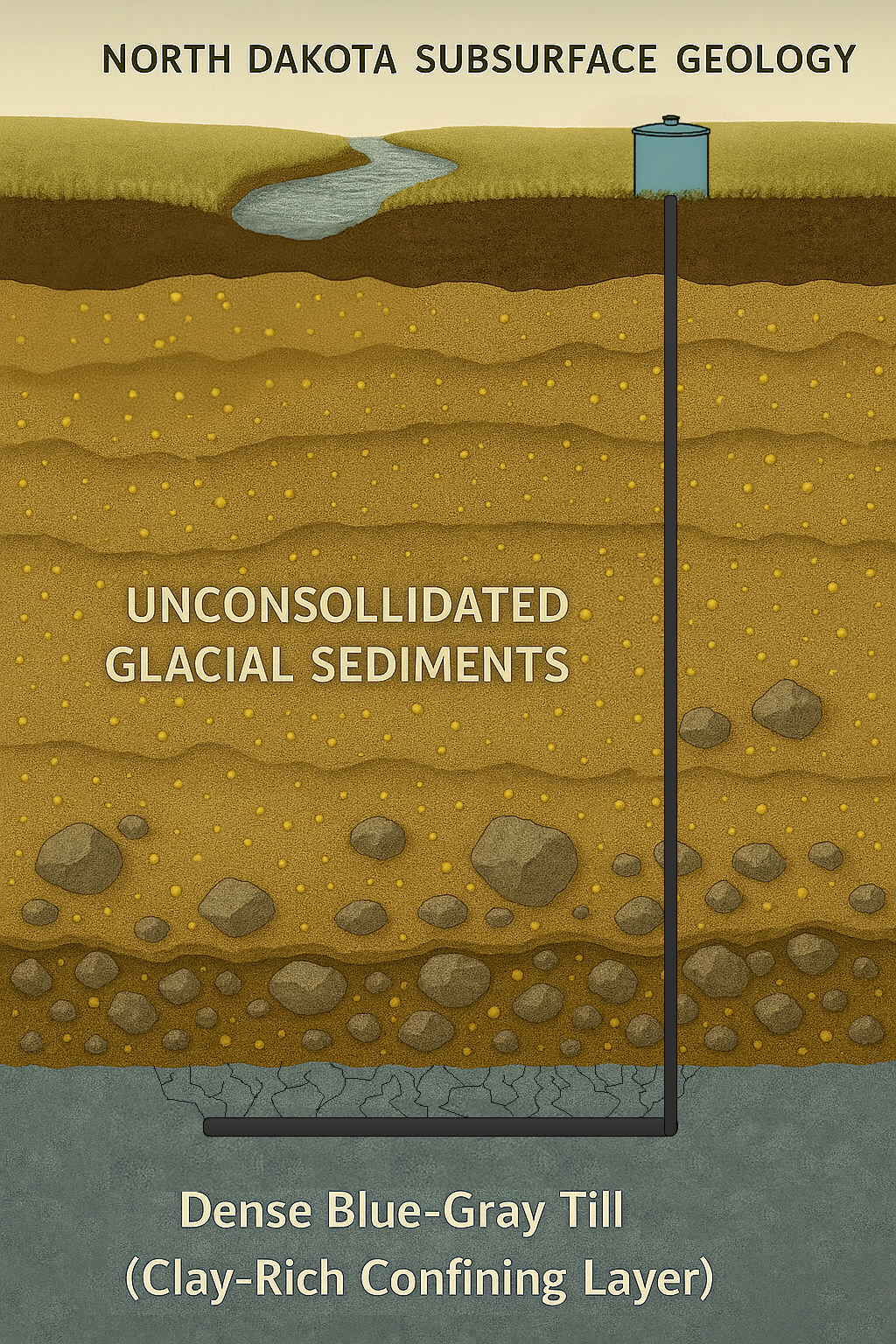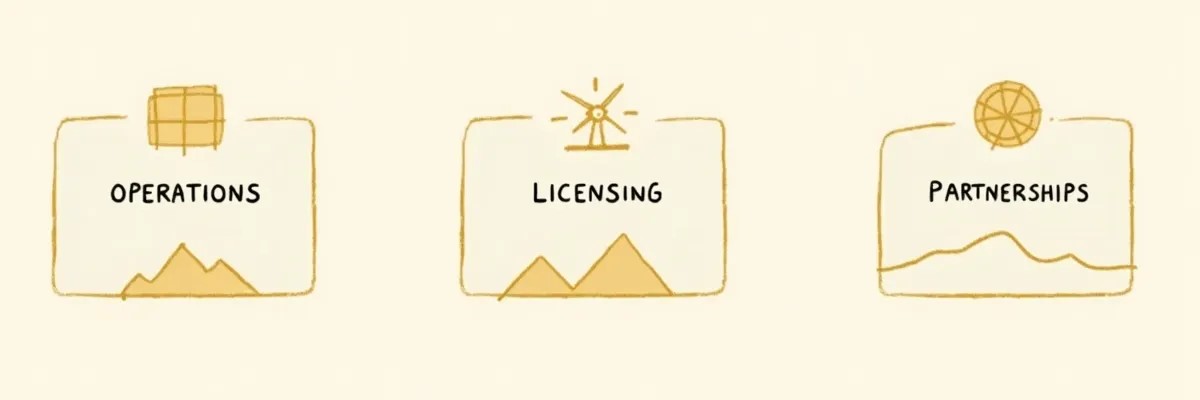
LOST HORIZON INC.
$64 Billion in Gold. Documented by USGS. Nobody Can Reach It. Until Now.
In the 1930s, government surveys found gold across 990 square miles of North Dakota. Depression-era miners confirmed it was there—but buried deep in water-saturated sediments that conventional mining couldn't touch economically. We're not digging it up. We're processing it underground. The formation becomes the separator. Only concentrated minerals come to surface.
